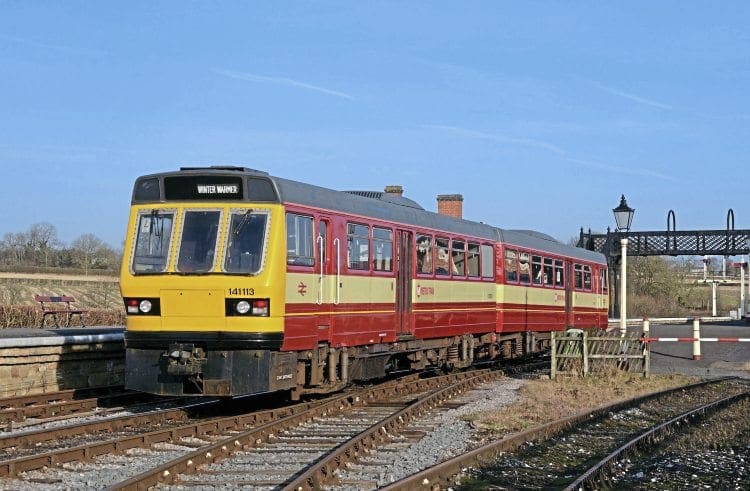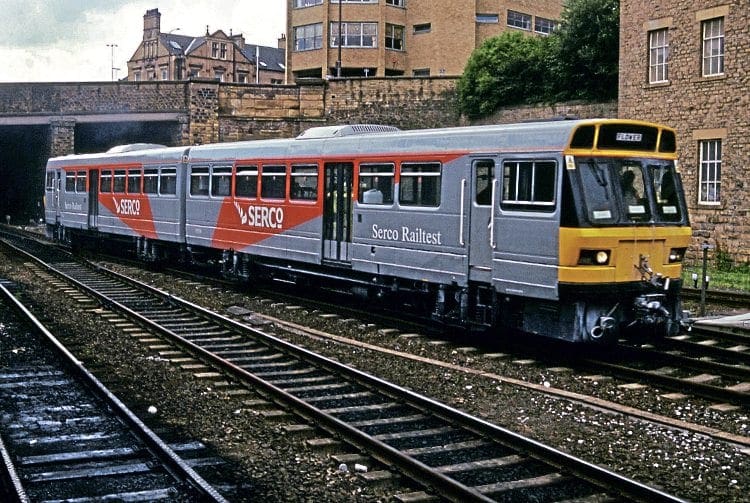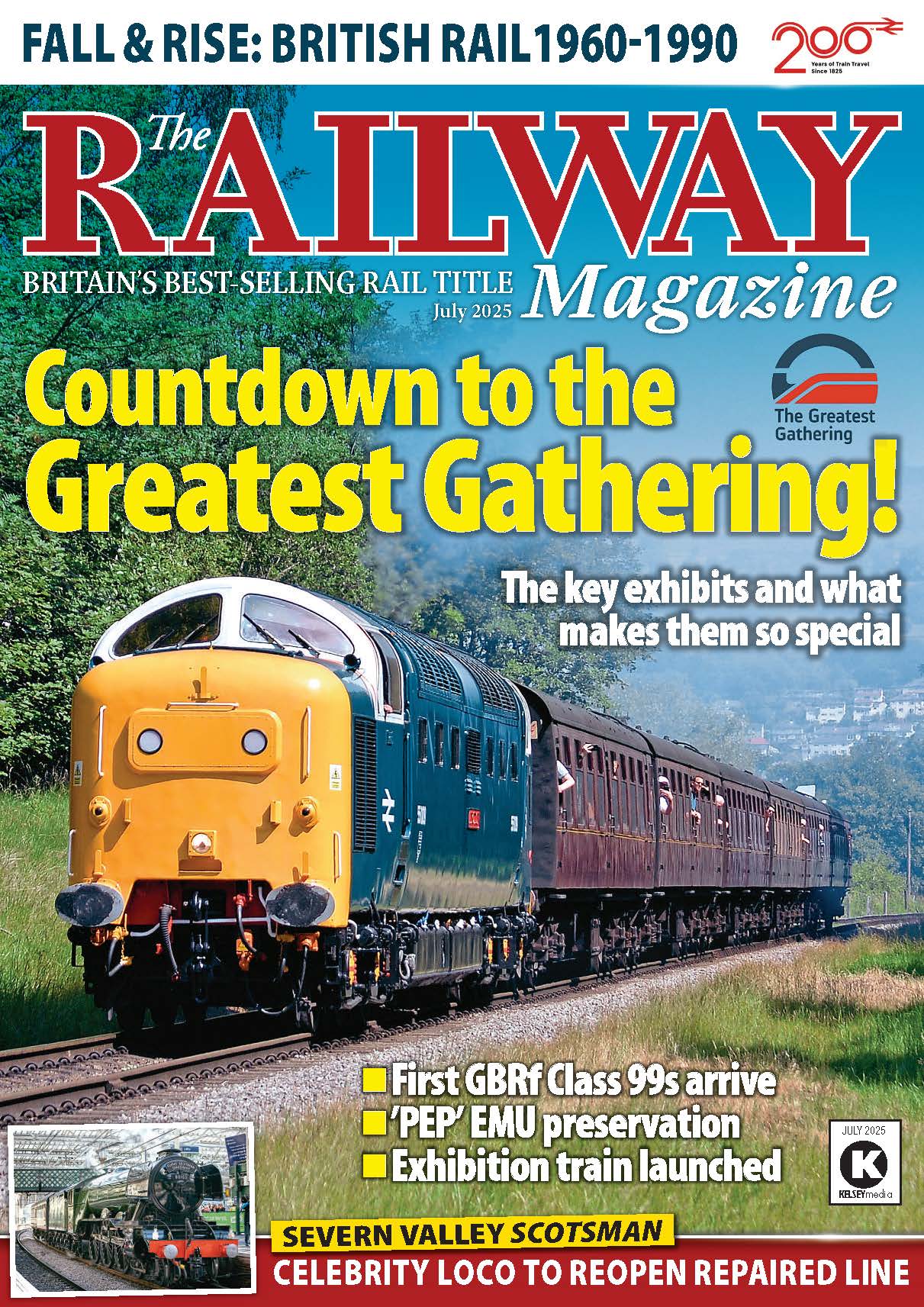In the second part of his history of the ‘Pacers’, Gary Boyd-Hope looks at the coming of the first of the production types – the Class 141s and 142s – along with the later railbus demonstrators that were heavily influenced by the Class 141s.
BY THE start of 1982 British Rail (BR) was in desperate need for new rolling stock to replace its ageing fleets of first-generation DMUs. Unfortunately, it was somewhat hamstrung by a lack of available investment capital.
The ideal solution would be to replace everything with the new ‘Sprinter’ sets being developed by BREL at York, but these were still at the design stage and BR needed something quickly, and cheaply, as a stop-gap.
The obvious answer lay with the railbus experiments, and in particular the experience gained from the unique Class 140 No. 140001. A production run of the Class 140 was ruled out owing to its costly, over-engineered construction, but a pared-back version might just provide the solution BR was looking for. BRE-Leyland subsequently refined the design to include successful features from the LEV railbuses, and in 1982 an order was placed for 20 of the new units, which would be known as the Class 141.
Monthly Subscription: Enjoy more Railway Magazine reading each month with free delivery to you door, and access to over 100 years in the archive, all for just £5.35 per month.
Click here to subscribe & save

The four-wheel vehicle chassis’ were built by BREL at its Litchurch Lane works in Derby, while the bodies were assembled at British Leyland in Workington. These were subsequently transported by road to Derby, where final assembly would take place.
Each set, numbered 141001 to 141020, was of two-car formation having a Driving Motor Standard (DMS Nos. 55502 to 55521) and a Driving Motor Standard Lavatory (DMSL Nos. 55522 to 55541). Each car was 50ft 8¼in long, but very narrow at just 8ft 2½in, which meant only 2+2 bus-type seating could be used. The total seating capacity was 94 across both cars.
Power was provided by a Leyland ‘TL11’ 205hp six-cylinder diesel engine beneath each vehicle, driving through a SCGR500 four-speed mechanical transmission. This gave the Class 141s a top speed of 75mph.

Surprisingly, the decision was taken not to fit a corridor connection at each end, as on No. 140001, and instead the ‘141s’ had a modified version of the LEV-style bus ends with a three-window windscreen and bus-style headlights and destination blinds. Beneath the windscreen(s) were unsightly multiple-control jumper cables and the main air reservoir pipe, although the use of Tightlock couplers meant multiple working was only possible within the class.
Passenger access was via a single twin-leaf folding door midway along each car on either side, something that would cause headaches later on.
Read more and view more images in the November issue of The RM – on sale now!




